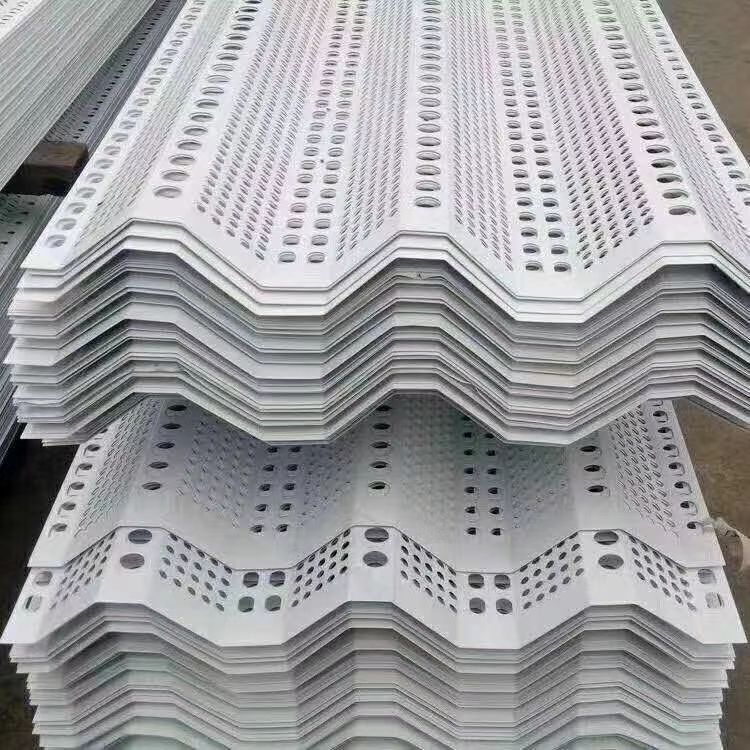Exploring Decorative Perforated Panels A Blend of Functionality and Aesthetics
In recent years, decorative perforated panels have emerged as a popular choice in architecture and interior design, combining functionality with artistic expression. These panels, characterized by a series of holes or patterns, serve multiple purposes while adding visual intrigue to a space. From commercial buildings to residential homes, they are finding their way into a variety of applications, enhancing both the aesthetic and practical elements of design.
One of the most significant advantages of decorative perforated panels is their versatility. They can be manufactured from various materials, including metal, wood, and plastic, which allows designers to choose options that best fit the specific context of their projects. The patterns can also be customized, enabling endless possibilities for creation. Whether it’s a striking geometric design or an organic, flowing motif, perforated panels can be tailored to reflect the vision of designers and the needs of users.
In addition to their aesthetic appeal, these panels offer functional benefits that greatly enhance their value. One of their primary functions is to provide privacy while still allowing light and airflow. This is particularly useful in urban environments where space is at a premium. For example, perforated metal panels can be used in building facades or as room dividers, offering a layer of seclusion without completely obstructing natural light. This balance of openness and privacy creates a more inviting atmosphere, fostering a connection between the indoors and outdoors.
decorative perforated panels

Moreover, decorative perforated panels contribute to energy efficiency. When used in building design, they can help reduce heat gain by allowing for ventilation while minimizing direct sunlight. This can lead to lower energy costs and a more comfortable indoor environment. Architects and builders increasingly seek sustainable solutions, and perforated panels play a key role in achieving these goals.
Sound attenuation is another advantage of decorative perforated panels. When strategically integrated into building designs, they can effectively break up sound waves, making spaces quieter and more peaceful. This is especially beneficial in commercial settings, such as offices, restaurants, and hotels, where noise control is crucial for customer satisfaction and employee productivity.
The growing trend of biophilic design, which aims to incorporate natural elements into built environments, has also found a harmonious ally in decorative perforated panels. By mimicking natural forms and patterns, these panels can evoke a sense of nature indoors, promoting well-being and relaxation.
As the demand for innovative design solutions continues to increase, decorative perforated panels are proving to be an invaluable resource for architects, designers, and builders alike. They seamlessly blend beauty with practicality, offering a multitude of benefits that enhance the overall experience of both occupants and visitors. Whether used in exterior facades, interior partitions, or decorative features, these panels are set to remain a cornerstone of modern design, fostering creativity while addressing functional needs.
-
The Strength and Versatility of Aluminum Expanded Metal Mesh
NewsJun.10,2025
-
Safety Guards and Machine Enclosures Using Expanded Mesh
NewsJun.10,2025
-
Performance with Round Hole Perforated Mesh in Wall Panels
NewsJun.10,2025
-
How Steel Grating Trench Covers Distribute Weight Efficiently
NewsJun.10,2025
-
How Deck Mesh Railing Enhances Backyard Aesthetics
NewsJun.10,2025
-
Comparing Bar Thickness and Spacing in Steel Grating
NewsJun.10,2025
Subscribe now!
Stay up to date with the latest on Fry Steeland industry news.

